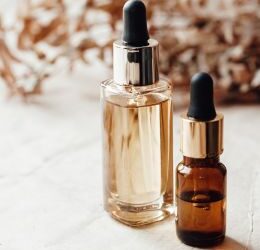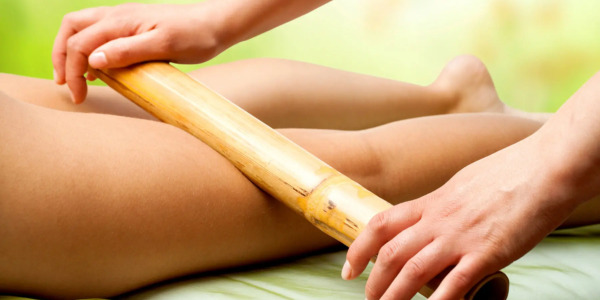During the summer our exposure to the sun increases and this can have mixed results, from that much-desired tan, to damage such as sun spots on the face. But do they really only appear because of sun exposure or are there more factors at play? In this comprehensive guide, we'll delve into the reasons behind these facial imperfections and explore alternatives and remedies to get you back to flawless skin.
Factors that can cause facial blemishes
Sun Exposure
It is true that one of the main triggers behind the appearance of sun spots is the sun. Prolonged exposure to ultraviolet (UV) rays can lead to an increase in the production of melanin, which is the pigment responsible for the colouring of our skin.
When melanin is produced unevenly due to sun exposure, it leads to the formation of dark patches on the skin and results in the famous sun spots on the face.
Hormonal fluctuation
Hormonal changes can contribute to the development of facial spots. These hormonal changes can stimulate melanin-producing cells, leading to the appearance of spots.
Ageing and Genetics
As we age, our skin undergoes various changes, and the accumulation of sun exposure over the years can result in the formation of age spots. In addition, genetics may play a role in determining a person's susceptibility to developing facial spots.
Remedies for spots on the face
There are ways to delay the appearance of spots on the face, or to reduce them once they have appeared. Of course, prevention is always better than cure, so we encourage you to take care of your skin with sunscreens and avoid prolonged exposure to ultraviolet rays, because it will at least delay sun spots on your face. It is also essential to maintain optimal hydration as we get older and our skin loses elasticity and elasticity.
Cosmetic treatments to eliminate skin blemishes
There are some treatments to remove skin blemishes, which try to restore the skin's smooth texture, radiance and elasticity that it loses over time.
In addition to the classic creams, which are always necessary for the elasticity and improvement of the skin, there are some devices such as laser, pulsed light and acoustic waves, which are the latest technology to deal with these spots in an effective way, and that manage to reduce them and improve the overall quality of the skin, not only on the face, but also on the rest of the body.
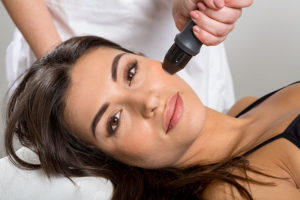
Shockwave treatment can restore skin's radiance and texture
Chemical peeling can also be used to remove the outermost layers of the skin and reduce blemishes, but you must be very careful with this type of procedure. By combining specific creams and advanced treatments, you can achieve a partial recovery of your skin.
Home remedies
There are also some home remedies, which, although less effective than professional treatments, can be used as a first treatment before going to a professional.
There are many creams on the market with active ingredients such as hydroquinone, glycolic acid and retinoids, which promise to eliminate spots and which you can apply at home, but you have to be careful because depending on the type of skin and the condition of the spots, they can cause other skin problems.
Lemon is one of the natural remedies that can help you with dark spots, but it won't be something very immediate. You will notice the changes over time. You should also remember that with lemon on your skin, it will be more susceptible to burns, so protect it.
Aloe vera is another natural product that we can use to regenerate the skin, because it has soothing and moisturising effects.
Trying to prevent it and treating it with professionals
In the quest for radiant, blemish-free skin, understanding the causes behind their appearance is critical to preventing them. By taking preventative measures such as applying sunscreen and exploring various treatment options such as topical creams, chemical peels and laser therapy, you can effectively manage and reduce the appearance of these spots.
It is always important, once we have these skin spots, not to treat them with just any product, but to go to skin care professionals so that they can advise us according to our specific case, as the skin, especially on the face, is very sensitive and with sun damage we can make it worse with inadequate treatment.

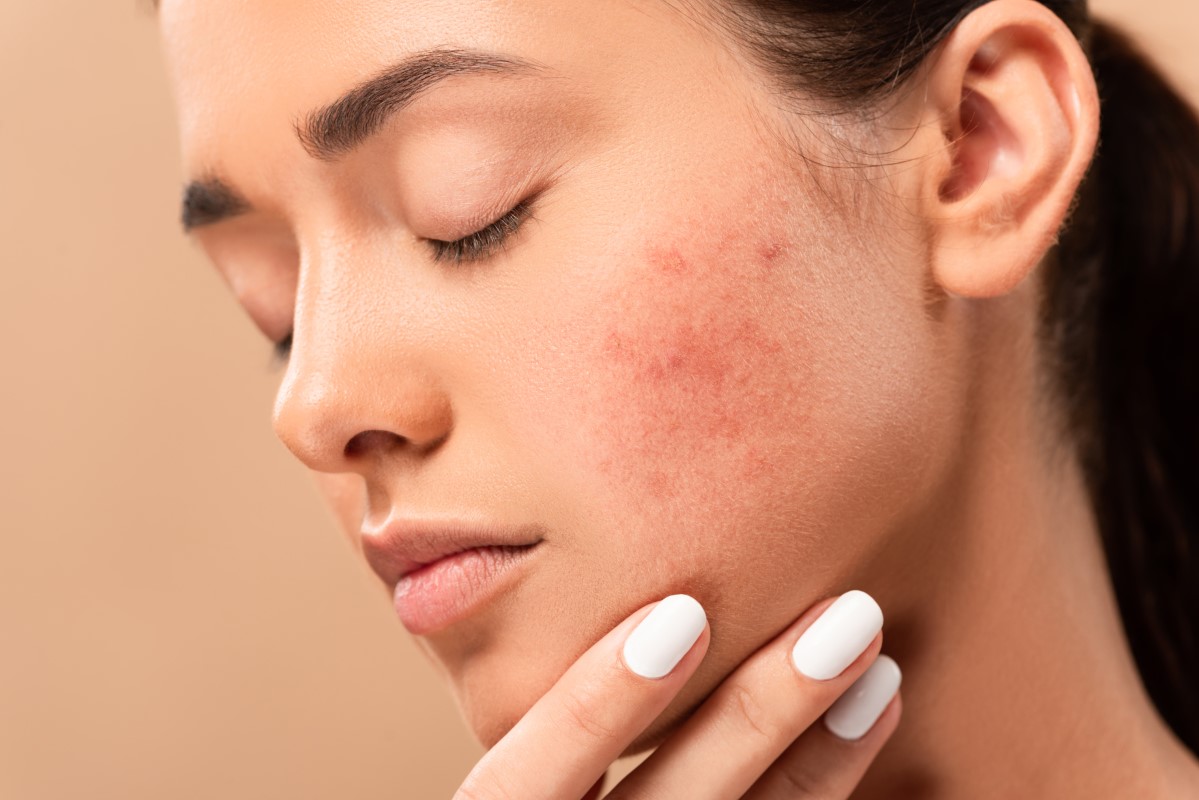
 Send us 3 pictures, we will send you a complete study of your skin. In addition, you will receive cosmetic recommendations to improve the health and appearance of your face and an intensive follow-up to make sure your skin improves.
Send us 3 pictures, we will send you a complete study of your skin. In addition, you will receive cosmetic recommendations to improve the health and appearance of your face and an intensive follow-up to make sure your skin improves.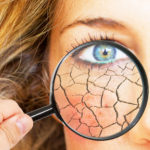 Come and see us and discover the beauty of your skin with our personalized study. We will measure the main indicators of your skin and you will receive personalized cosmetic recommendations. You will have periodic follow-ups to verify the results.
Come and see us and discover the beauty of your skin with our personalized study. We will measure the main indicators of your skin and you will receive personalized cosmetic recommendations. You will have periodic follow-ups to verify the results.